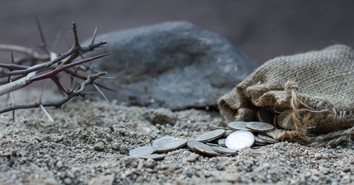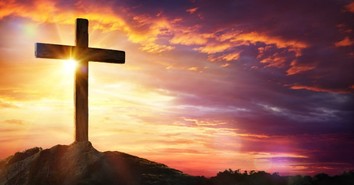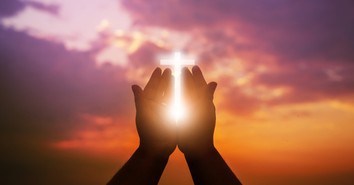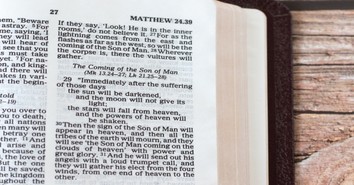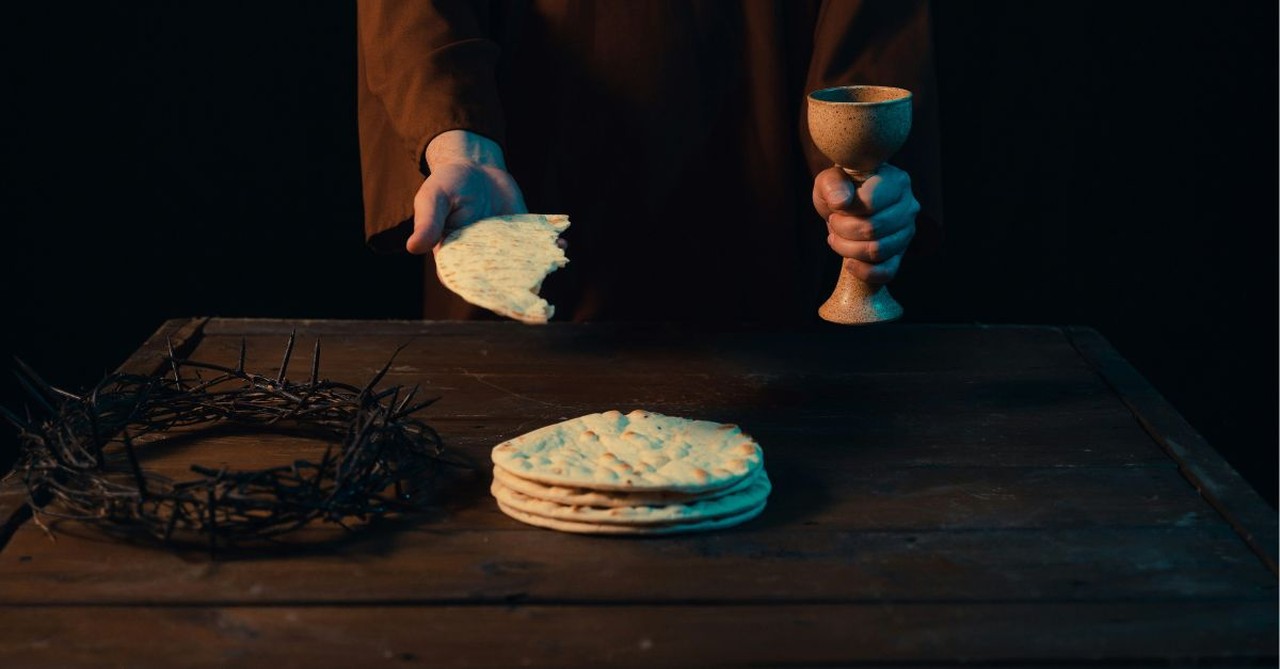
In the Old Testament book of Exodus, chapter 12, God instituted the Passover meal among the Israelites. There's a great deal of symbolism in the Passover meal that may not have been fully understood by most of the Israelites until many years later when Jesus walked the earth. In general, not only was the Passover meal intended to be a memorial of one of many miracles that God did to deliver the Hebrews out of Egypt, but God also wanted the Hebrews to use it as a teaching tool for their children and the generations to come.
In Exodus 12:26 it very specifically states, "And it shall be, when your children say to you, 'What do you mean by this service?' that you shall say, 'It is the Passover sacrifice of the Lord, who passed over the houses of the children of Israel in Egypt when He struck the Egyptians and delivered our households.'"
During the time when Jesus walked the earth, he took advantage of meal times to teach and connect with people. Here are a few examples of what that looked like.
Photo Credit: ©Unsplash/ Rey Proenza
1. Jesus Used a Shared Meal to Prove He’s Our Provider
1. Jesus Used a Shared Meal to Prove He’s Our Provider
SLIDE 1 OF 5
In the Gospel of Matthew 14:15-21, Jesus took advantage of a situation in which 5000 people needed dinner, but all that was immediately available was five loaves of bread and two fish. There was no way that this was going to be enough for everyone. Nevertheless, when these items were brought to Him, and He prayed over them, it ended up being more than enough. There were 12 baskets of leftovers! There were a few things going on here. Not only did Jesus show that He is able to take whatever we give and entrust to Him and cause it to be more than enough, but this would have also been a reminder to the Jews about the Manna that sustained them during their time of being delivered out of Egypt (Exodus 16:14-26). It was a sign to them that He is the Messiah.
2. Jesus Used Lessons around Food to Show We Can Trust Him

2. Jesus Used Lessons around Food to Show We Can Trust Him
SLIDE 2 OF 5
Getting a hold of food was perhaps more challenging in Jesus' day than it is in ours. It's not like people could drive to the nearest grocery store. Today, we might go at this from the angle of inflation, which caused a rather nasty spike in food prices. So it's less affordable than it used to be for many families. Or maybe someone has just lost their job, and they're worried about how to put food on the table and pay for other necessities. In Matthew 6:25-31, Jesus basically tells the people not to worry about what they will eat or any of the other basics of life. He feeds the birds, and people are more valuable to Him than birds. If we stay focused on Him and live our lives according to what's in His Word, not only will He meet our needs, but we'll have peace in the midst of hardship.
Photo Credit: ©GettyImages/PeteWill
3. Jesus Connects with Us Using His Creation, Not Just Food
3. Jesus Connects with Us Using His Creation, Not Just Food
SLIDE 3 OF 5
In Deuteronomy 6:4-9, after the review of the 10 Commandments in the previous chapter, the Hebrews are instructed to "Hear, O Israel: The Lord our God, the Lord is one! You shall love the Lord your God with all your heart, with all your soul, and with all your strength. And these words which I command you today shall be in your heart. You shall teach them diligently to your children and shall talk of them when you sit in your house when you walk by the way, when you lie down, and when you rise up. You shall bind them as a sign on your hand, and they shall be as frontlets between your eyes. You shall write them on the doorposts of your house and on your gates."
The idea is to create a sort of home oasis where the family can be immersed in God's things and the truths in His Word. But whatever is noticed when the family is out and about is also fair game. Jesus used a fig tree, birds, plants, five loaves, two fish, and more.
4. Jesus Used Meals and Miracles to Teach about Healing and Hope
4. Jesus Used Meals and Miracles to Teach about Healing and Hope
SLIDE 4 OF 5
When John the Baptist was in prison, he likely struggled with a tangled web of emotions that may have included discouragement, depression, confusion, frustration, and perhaps even more. He also likely struggled with why God allowed his circumstances, which made him question if Jesus was truly the Messiah. So he asked a few of his followers to go and ask Jesus if Jesus was truly the Messiah or if they should look for another.
Jesus' response to his followers was, "Go and tell John the things which you hear and see: The blind see and the lame walk; the lepers are cleansed and the deaf hear; the dead are raised up, and the poor have the gospel preached to them. And blessed is he who is not offended because of Me." (Matthew 11:4-6)
This would have helped John, a devout Jew who was likely very familiar with the Old Testament prophesies about the Messiah, to connect Jesus' ministry with Isaiah 35:4-6. This would have been an encouragement and perhaps helped him to find some meaning in the midst of his circumstances.
When people are going through difficult circumstances or maybe have experienced the death of a loved one, we often pray for them and bring them meals. We might even offer to take them out to a restaurant just to get them out of the house and try to offer encouragement and maybe some relief from the emotional pain. In this way, we get to work alongside the Lord to help facilitate healing in someone's life.
5. Jesus Used His Final Meal as a Metaphor
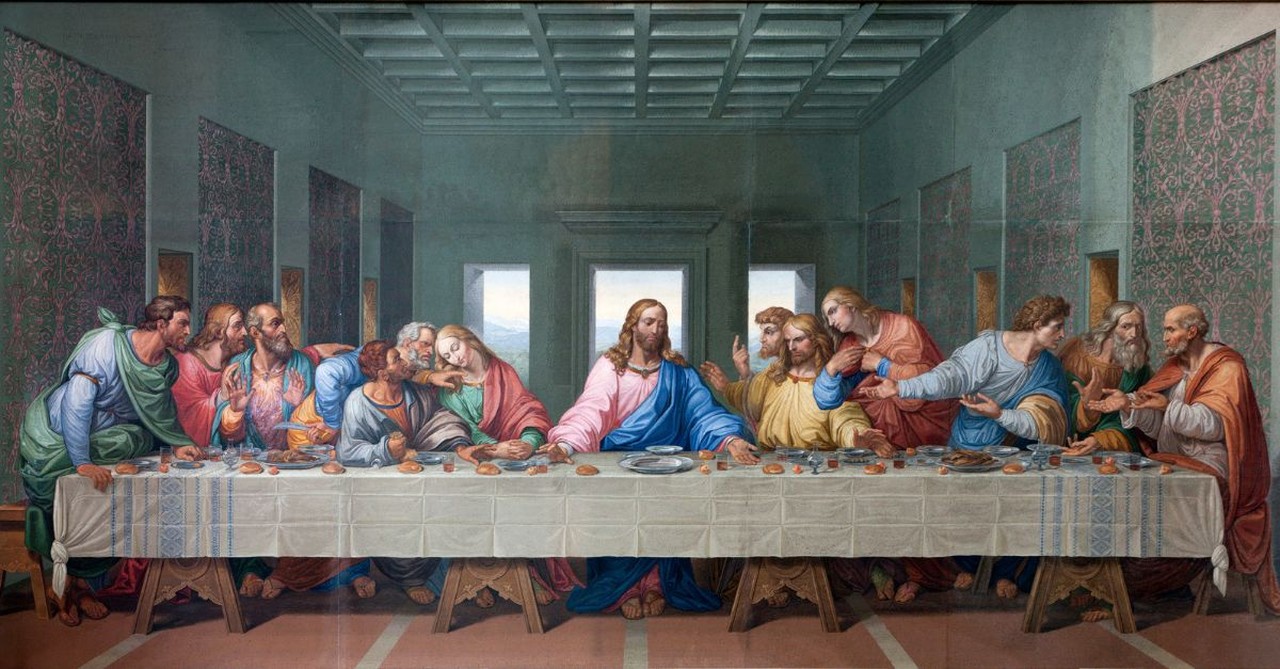
5. Jesus Used His Final Meal as a Metaphor
SLIDE 5 OF 5
During the last supper that Jesus had with His disciples, he made a metaphor to try to teach them and help them understand what was about to happen to Him and what it meant. In Matthew 26:26, it is written that Jesus took some bread, blessed it, and broke it. Then He said, "Take, eat; this is my body." This was a metaphor for the radical abuse and beating his body would undergo prior to His actual crucifixion.
Then, in Matthew 26:27-29 Jesus made a metaphor about the wine and His blood, saying, "...for this is My blood of the new covenant, which is shed for many for the remission of sins. But I say to you, I will not drink of this fruit of the vine from now on until that day when I drink it new with you in My Father's kingdom."
The idea here is that the many years of the Passover lamb and the shedding of its blood were symbolic of the shedding of Jesus' blood for the forgiveness of sins. People have a sinful nature, and no one can keep the law perfectly. Since the wages of sin are death, but the gift of God is eternal life (Romans 6:23), we needed a new covenant. Jesus fulfilled the covenant of the law, and His death on the cross ushered in the new covenant of grace because the shedding of His blood satisfied the penalty for our sins. So now, under this covenant of grace, we just ask for His forgiveness, make our best effort to live our life in accordance with the Bible, and cultivate a relationship with Him through prayer and reading the Bible. Not only does this give us strength to get through each day and provide hope for our future, but it also means we will spend our eternity in His loving, peaceful, joyful presence when our time on this earth comes to an end.
Photo Credit: ©Getty Images/sedmak

Originally published April 15, 2025.


